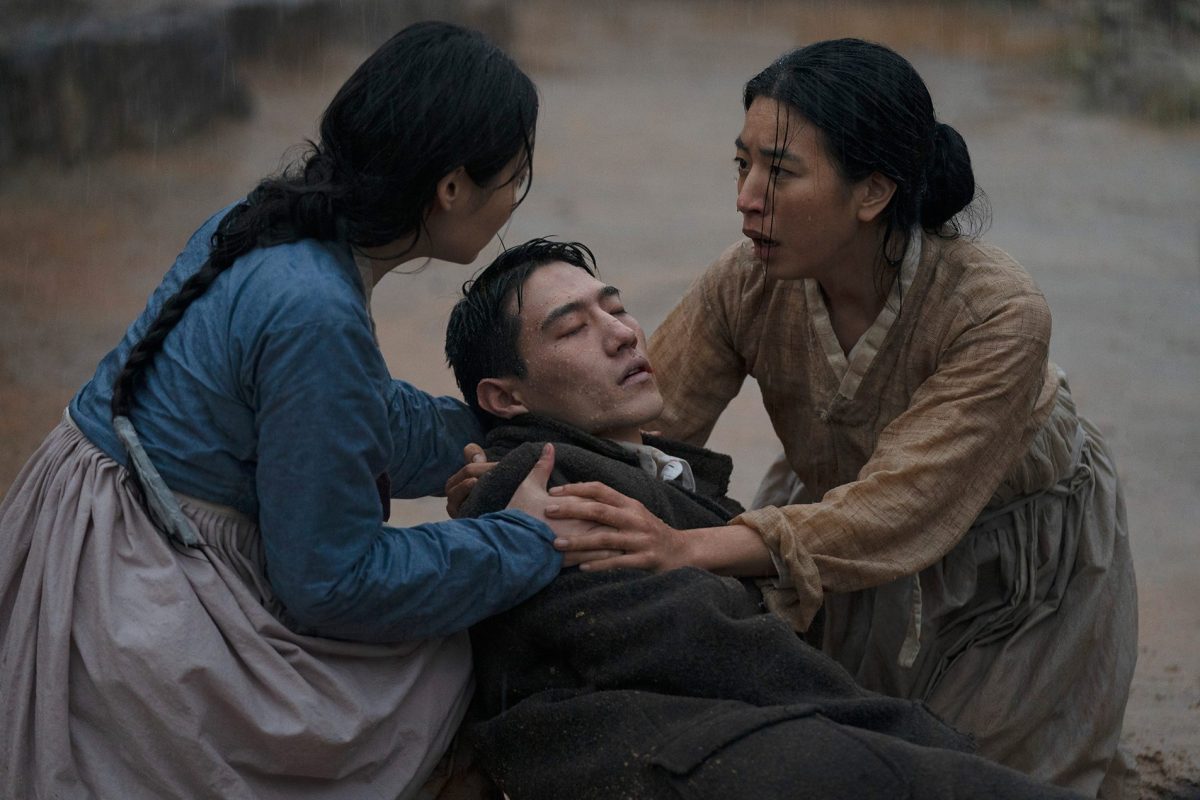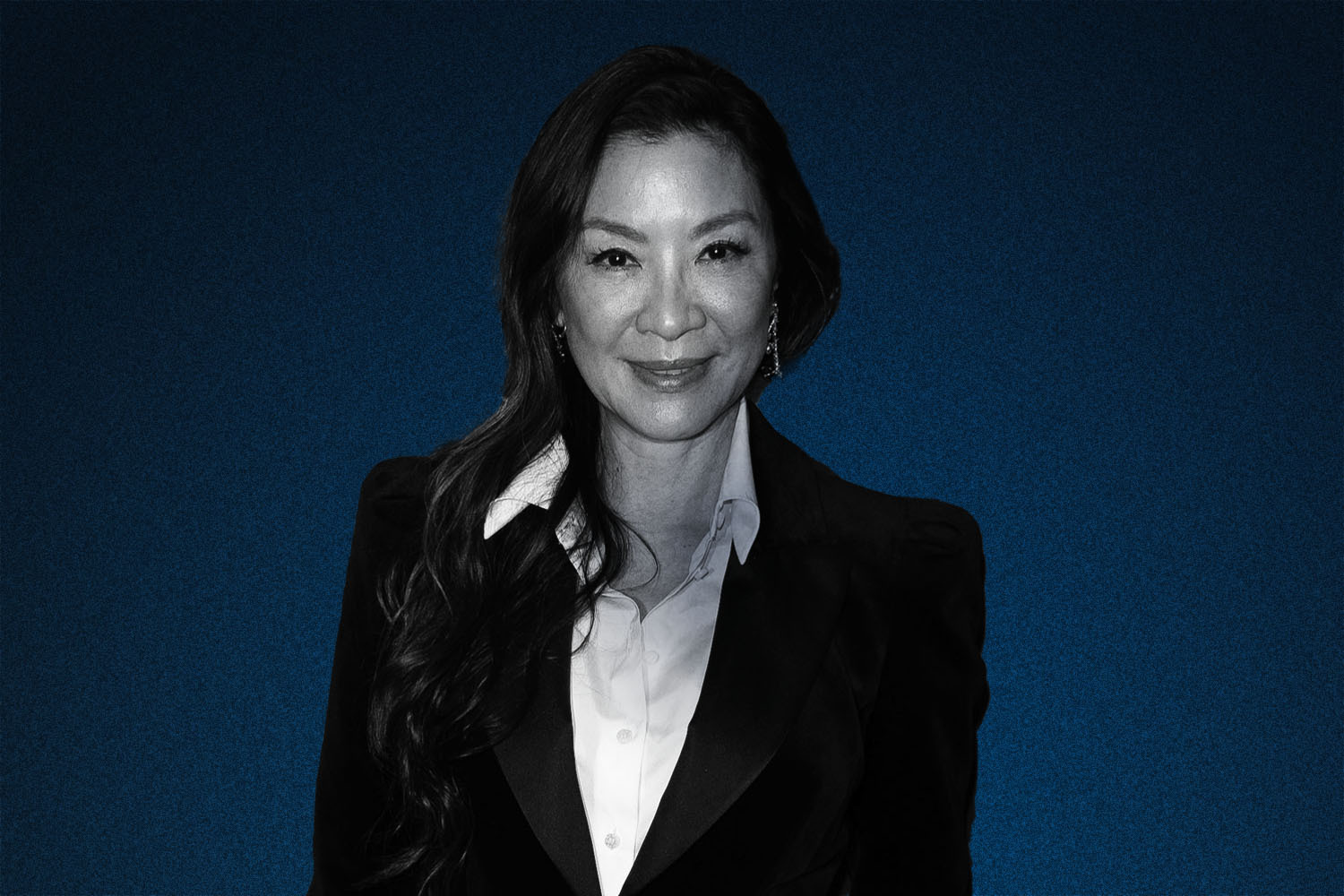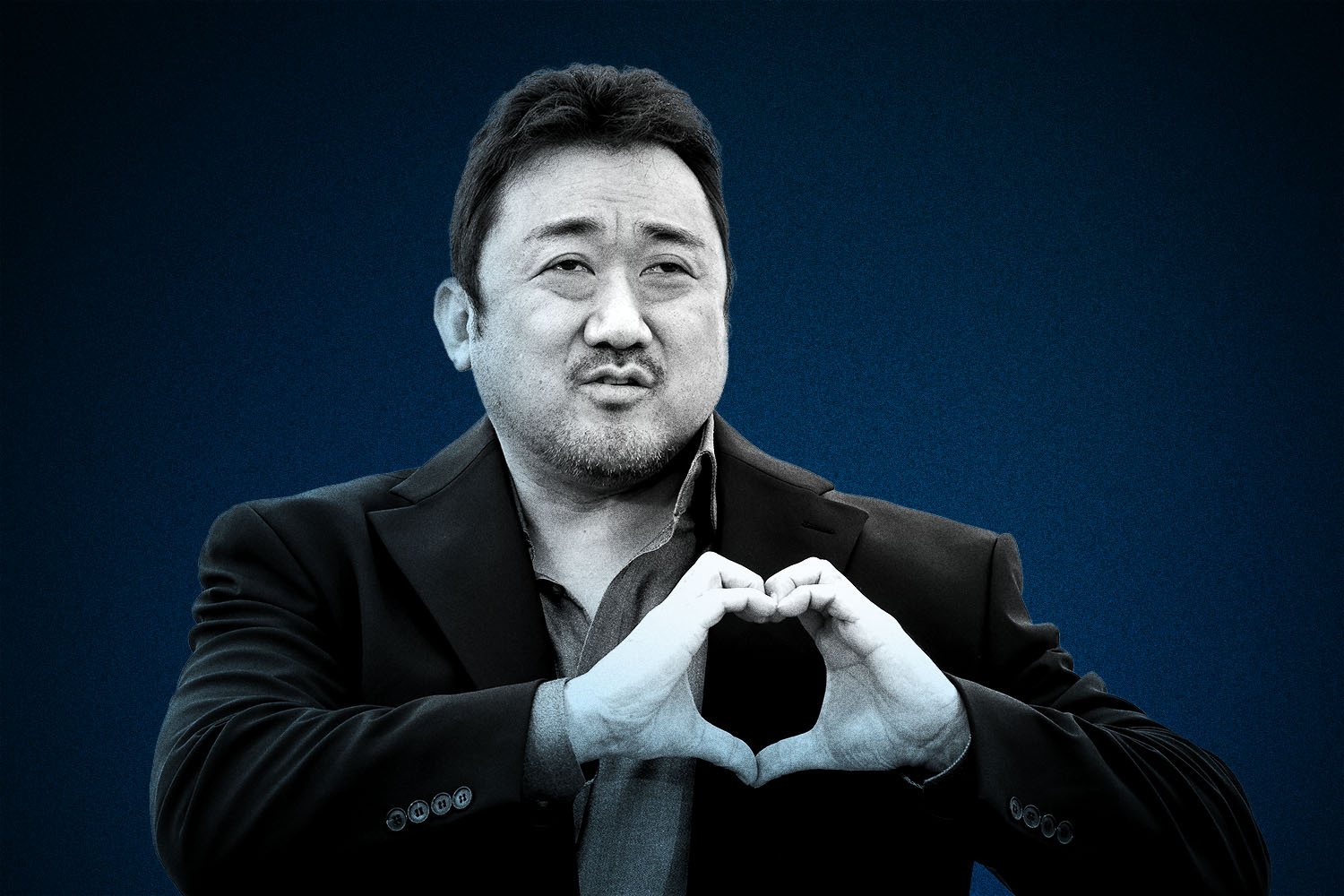The best-selling novel Pachinko follows an immigrant family through depressions and world wars, grinding poverty and personal failings, each successive generation facing hardship and bigotry. Since it was published in 2017, Min Jin Lee’s book has become a touchstone for the Korean-American community.
Now adapted into an eight-part series on Apple TV+, Pachinko is poised to find an even wider audience. Creator and showrunner Soo Hugh (The Terror) stays fairly true to the novel, focusing on Sunja, the daughter of a boarding house landlady in a modest fishing village.
Played as a teen by newcomer Minha Kim, and in her later years by Oscar-winner Yuh-Jung Youn, Sunja is the kind of indomitable survivor who wins sympathy by sheer brute force. Fleeing her Japanese-occupied homeland, she settles in the slums of Osaka, where pigs roam alleyways and shopkeepers cheat Koreans — if they agree to serve them at all.
Sunja’s story unfolds chronologically in the novel, but Soo chose to mix up timeframes in the series. Scenes in a 1980s New York City brokerage house bump up against Depression-era strikes in Osaka. Soo and her team of writers also added characters and entire storylines, notably explaining the gangster Hansu’s background.
“What if this was really more of a conversation between time and between generations?” Soo asks during a recent Zoom call with InsideHook. “In bringing this to life on television, I didn’t think telling it linearly was the right way to go.”
Soo also decided to split directing duties between indie favorites Kogonada and Justin Chon. Kogonada’s latest film, After Yang, is currently in theaters. A sci-fi drama about what it means to be human, the movie has a calm, quiet pacing that is miles apart from the aesthetic of his co-director. In films like Gook and most recently Blue Bayou, Justin Chon examines the immigrant experience on a deeply personal level. Using minimal lighting and handheld cameras, he aims for an expressionistic style seemingly at odds with Kogonada’s formal compositions.
Over Zoom, both directors take pains to praise each other’s styles. Kogonada loves Chon’s expressive camerawork; Chon points to Kogonada’s calm pacing as something to emulate.
“When you look at their body of work, why not have two directors?” Soo says. “They’re both so different, the potential that their styles brought to the show was exciting. I think that gamble really paid off.”
Each director was responsible for four episodes. Kogonada took 1, 2, 3 and 7; Chon, 4, 5, 6 and 8. COVID expanded the production from three to eight months, with the two shooting simultaneously on separate sets.
The scope of Pachinko is impressive. Crowds line the Osaka streets as soldiers march past streetcars. An open-air market in Busan is filled with vendors hawking fish and grains. One of the most complicated episodes reenacts the Great Kantō earthquake of 1923.
But Pachinko works best in its intimate scenes, particularly those featuring Minha Kim, who won the part of Sunja in open auditions.
“When we saw her audition tape, she just blew us away,” Soo says. “It’s in her eyes, you can see — she was meant to play this role.”
“Minha maybe didn’t have the same acting background as the others, but what she did have was this raw intensity,” Kogonada said. “When she expressed emotion, it wasn’t calculated.”
Kim attributes that emotion to her deep connection to her character. “My connection with Sunja is that we are both fragile and resilient,” she says. “She’s confronting a lot of obstacles, she has to fight her fate. I tried to understand her situation, to read her emotions.”
Kim credits her costar Lee Minho, who plays the vaguely gangsterish Hansu, for helping develop their onscreen relationship. A huge celebrity in Korea, Lee brings an understated menace to his scenes, whether seducing a teenager, crippling a foe or standing up to Japanese authorities.
“Maybe I’m a fighter, I’m not sure, but those scenes were easy for me,” Lee jokes. “What was difficult was the later scenes with my son Noa. There had been a big gap in shooting, and it was really hard to bring up the emotions I had before. Also, I don’t have any kids.”
“Yes, like Minho the first time I met with Noa was really challenging,” Kim agrees. “Also, I’m not a mother so it was difficult to figure out how to perform like a mom.”
Yuh-Jung Youn, the older Sunja, is one of the treasures of Korean culture. After receiving a Best Supporting Oscar for Minari, she won over American audiences with her disarming but still pointed acceptance speech. Her work here as the older Sunja is nothing short of astonishing.
Kogonada compares her to a late-career jazz musician who no longer needs to prove anything. “Whenever we got to do these quiet scenes with her, she was just overwhelming,” he says. “She would hit that one pure note and it would work.”
“Y-J,” as the crew called her, was an inspiration on set, especially with the younger actors. Kogonada points to Jin Ha, who plays Solomon, as someone Y-J reached out to, taking responsibility for him and helping him figure out his role.
The title of the series refers to Japan’s multi-billion-dollar gaming industry. Like casinos in the U.S., pachinko parlors are assumed to be controlled by organized crime. When Sunja’s son decides to run a parlor, he becomes corrupt, no matter how hard he tries to stay away from gangs. In the same way, Korean immigrants are viewed by Japanese as tainted by blood.
“This was a special opportunity to be a part of a show that expresses and captures a history that hasn’t often been told,” Kogonada says. “I’ve wrestled with my own feelings of dislocation, so I could relate on a deep level to this family leaving their home and reestablishing themselves.”
“Part of the DNA of the show, what’s compelling and exhilarating about it, is that it weaves in these historical elements,” Chon adds.
Still, readers may be surprised at how much of the novel is missing from the series, including almost all of the actual pachinko scenes. Soo wants to reassure the novel’s fans.
“It’s meant to be an ongoing series,” she says. “It’s been such a long journey that right now all we can focus on is season one.”
This article was featured in the InsideHook newsletter. Sign up now.























